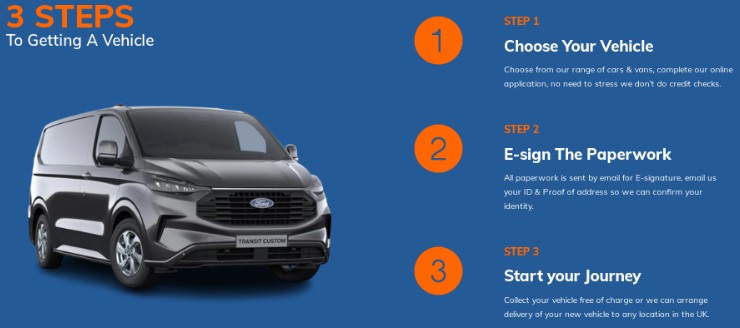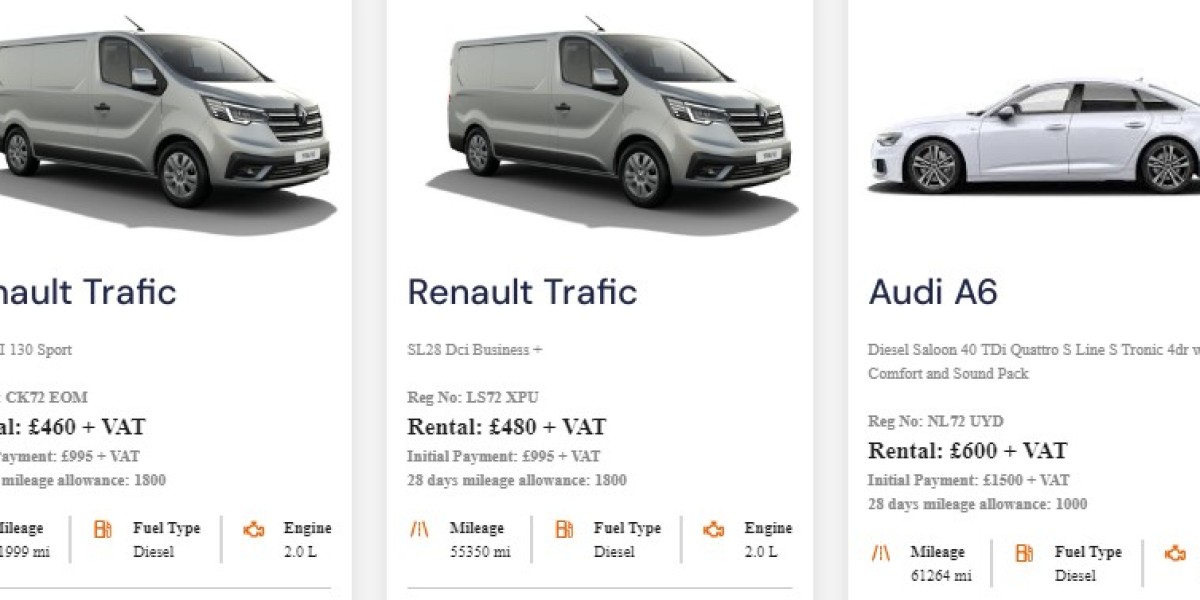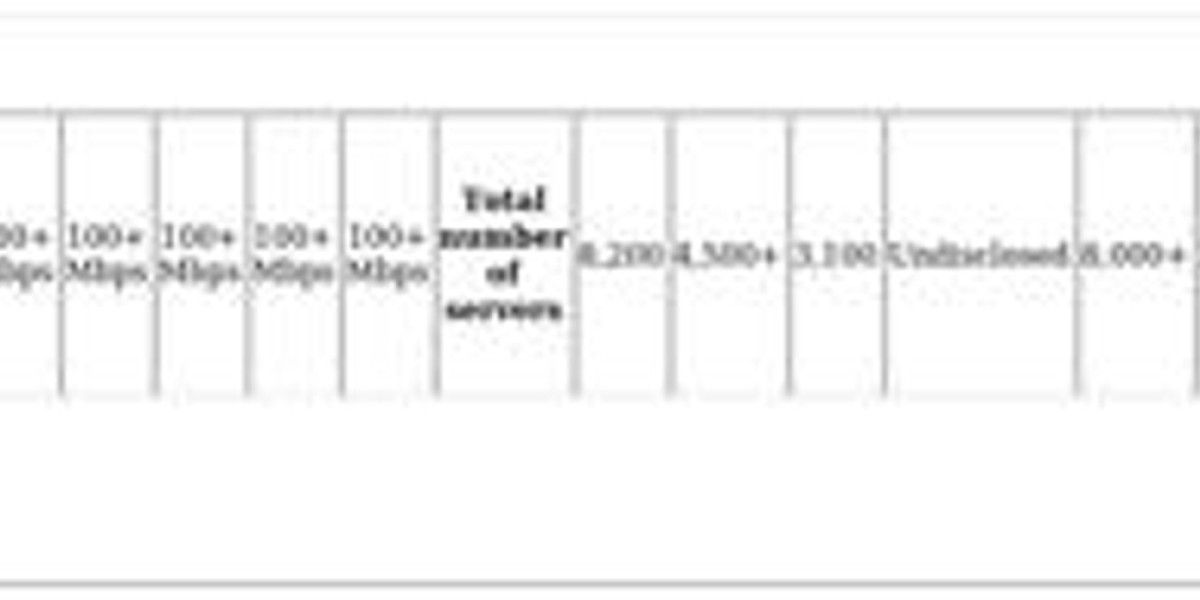
Leasing a car with bad credit can feel overwhelming, but it's far from impossible. With the right preparation and a strategic approach, you can secure a lease that fits your budget and improves your financial standing. This guide walks you through practical steps to make the process smoother and increase your approval chances.
Understand How Leasing Works and Why Credit Matters
Leasing is essentially renting a vehicle for a fixed term with lower monthly payments than buying. However, leasing companies evaluate your credit to determine risk. Poor credit can lead to higher security deposits, larger monthly payments, or outright denials. Knowing how credit influences lease offers helps you plan the moves that matter.
Improve Your Approval Odds Before Applying
Before you apply to lease a car with bad credit, take actions that strengthen your application:
- Check and correct your credit report: Obtain copies of your credit reports and dispute inaccuracies. Small errors can hurt your score unnecessarily.
- Lower your debt-to-income ratio: Pay down high-interest cards where possible and avoid new debts before applying.
- Save for a larger down payment: A bigger down payment or security deposit reduces the lender’s risk and can net better terms.
- Get a co-signer: A co-signer with solid credit can significantly improve your chances and the lease rate.
These preparatory steps signal responsibility and reduce lender risk, making it more likely you’ll secure favorable lease terms.
Shop Smart: Choose the Right Dealer and Vehicle
Not all dealerships are equal when it comes to working with buyers with imperfect credit. Look for dealers and leasing companies experienced with credit-challenged clients. Consider these tips:
- Target reliable brands with lower depreciation: Vehicles that hold value well often result in better lease deals.
- Compare multiple offers: Different dealers may provide varying levels of flexibility—shop around to find the best terms.
- Be transparent about your credit: Honest conversations can uncover tailored lease programs you might otherwise miss.
Negotiation matters—don’t accept the first offer. Use competing proposals to improve your terms.
Understand Lease Terms and Hidden Costs
Read the fine print to avoid surprises. Important items to check:
- Money factor: This is the lease’s interest rate equivalent; lower is better.
- Mileage limits and penalties: Know how much you’ll drive to avoid costly excess-mileage fees.
- Wear-and-tear policies: Understand what constitutes normal wear and any potential charges at lease-end.
Knowing these details helps you choose a lease you can afford over the full term.
Build Credit While Leasing
Leasing offers a chance to rebuild credit if you make timely payments. Set up automatic payments, keep up with maintenance, and stay within mileage limits to avoid extra fees. Over time, consistent on-time payments can improve your credit profile, opening better options in the future.
Final Thoughts: Leasing Is Possible with Preparation
You can lease a car with bad credit by preparing your finances, choosing the right partners, and understanding lease details. With patience and smart decisions—like improving your credit score, offering a larger down payment, or finding a co-signer—you’ll increase your approval odds and secure a lease that meets your needs. Take the first step today: review your credit report and start comparing offers to find a realistic route to driving the car you want.



